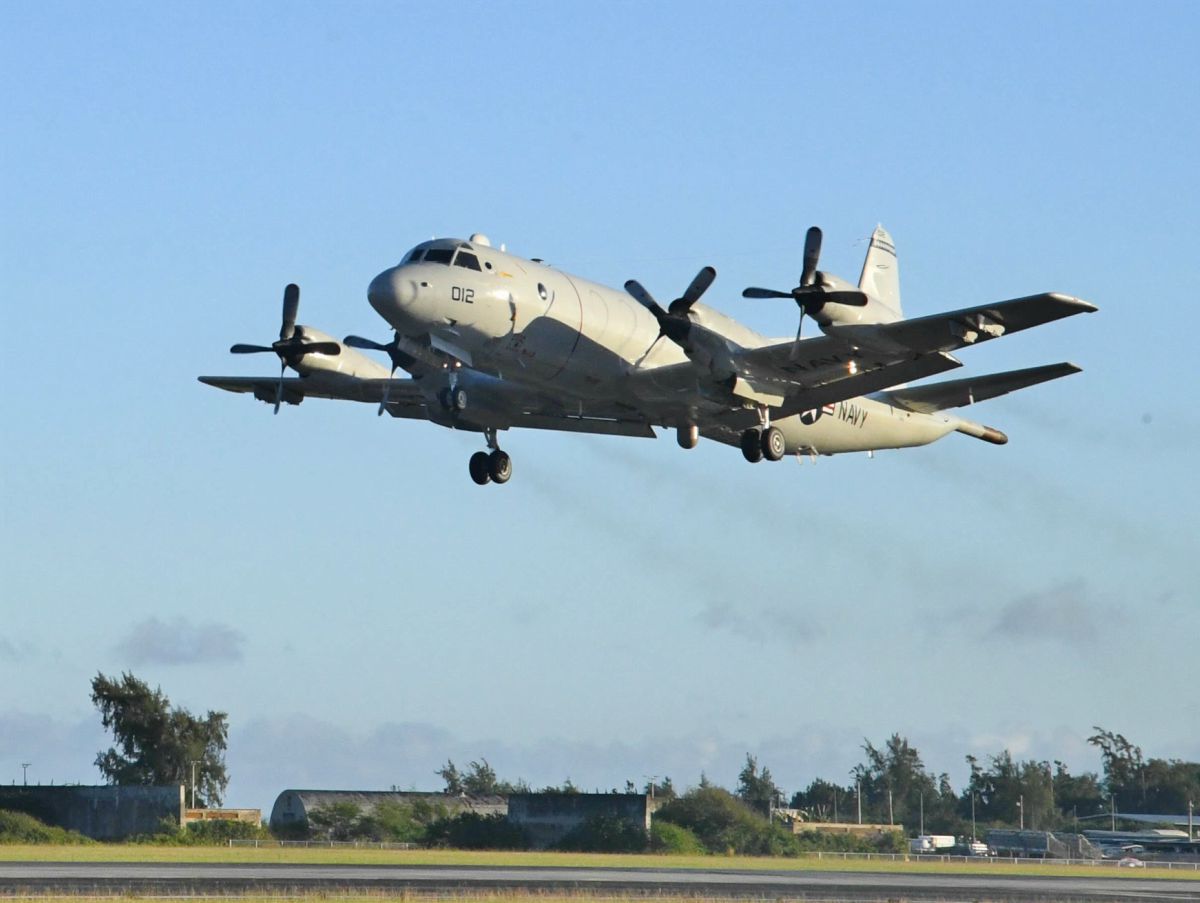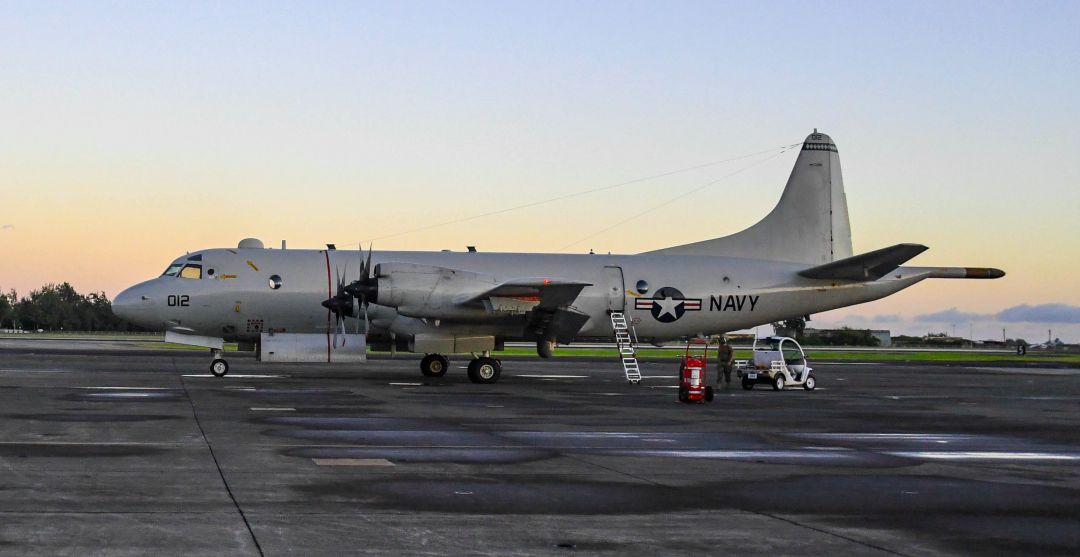A thoroughbred, a workhorse, a mainstay, a cornerstone, a pillar – whatever phrase you prefer to describe something as hard-working and long-lasting can be applied to the P-3 Orion. The P-3 is an anti-submarine and maritime surveillance aircraft used by the Navy for over five decades. The aircraft was introduced in the early 1960’s and after a long and illustrious life, it is being phased out of active duty. The P-8 Poseidon is taking over as the Navy’s go-to maritime surveillance aircraft.

History
Submarine technology quickly heightened during the Cold War. Because of this, many countries around the world feared a nuclear attack could come from a submarine. This concern prompted the MIlitary to upgrade its maritime surveillance and anti-submarine efforts. The P-2 Neptune, the predecessor to the P-3, simply did not have the technological capabilities needed to keep up with submarine production.

An aircraft with longer endurance, greater range, and better weaponry was introduced in 1962; the P-3A Orion. Lockheed Corporation began production in 1957, using the L-188 commercial jet as the base of the P-3. Lockheed’s entire arsenal of maritime aircraft information up to that point – range and capability, antisubmarine warfare, electronic surveillance – all came together in the design and production of the P-3. This aircraft was designed and built to perform at its peak for decades to come.
P-3 Orion Capabilities
There are three versions of the P-3 Orion; the P-3A, the P-3B, and the P-3C. The P-3C was introduced in 1969 and became the most used and most produced version of the Orion. The modification to its computer display system was one major difference that set up the P-3C to be relevant for the next half-century. The P-3A and P-3B utilized an analog system. The P-3C introduced the first digital computer display screen in a maritime aircraft.
A magnetic anomaly detector (MAD) is outfitted in the tail of the P-3. The MAD detects a magnetic anomaly in the Earth’s magnetic field caused by a submarine. However, a MAD has a limited range. This means the aircraft must be near the watercraft at a low altitude in order to detect it.
Additionally, the P-3 is equipped with advanced submarine detection sensors and directional frequency and ranging (DIFAR) sonobuoys. These sonobuoys are ejected from the aircraft and deploy upon impact with the water. They emit sound waves and can ping an underwater machine’s location and then relay that information back to the P-3.

Versatility
The P-3 provided phenomenal information during the Cold War and the Cuban Missile Crisis. However, the world changed, and monitoring the open seas wasn’t as high a priority. The P-3, once just a submarine locator, evolved into a much-needed assistance aircraft. It began to fight forest fires, operate surveillance missions in the Middle-East, monitor fishing and wildlife areas and hunt down drug runners. It became the go-to plane for customs and border patrol. NASA even utilized the aircraft for weather research.
The last P-3 rolled off the production line in 1995. It coincided with Lockheed Corporation and Martin Marietta merging to form Lockheed Martin. However, that was far from the end of the P-3 Orion. The “Mid-Life Upgrade Program” from Lockheed Martin was enacted in the mid-2000s. The program’s goal is to provide necessary technological and framework maintenance upgrades. These upgrades positioned the P-3 to be relevant for the next two decades.
The last P-3 active duty deployment on the East Coast began in July 2015, from Jacksonville, Fla. The P-8 Poseidon will soon take over as the Navy’s premier maritime aircraft.
See P-3 Specifications
| Length: 116.7 feet |
| Height: 33.7 feet |
| Wingspan: 99.6 feet |
| Max Speed: 411 knots |
| Ceiling: 28,300 feet |
| Maximum Takeoff Weight: 139,760 lb |
| Combat Range: 2,380 nautical miles (3,218 km) |
| Engine: 2 Pratt & Whitney J58 engines, 32,000 lbs. of thrust each |
| Crew: Three pilots, two naval officers, two flight engineers, three sensor operators, one in-flight technician |
| Unit Cost:$36 million |
| Armament: AGM-84 Harpoon, AGM-84K SLAM-ER, AGM-65F Maverick missiles, Mk46/50/54 torpedoes, rockets, mines and depth bombs |
| Propulsion:Four Allison T-56-A-14 turboprop engines (4,600 hp each) |





